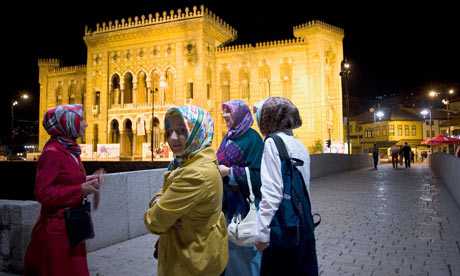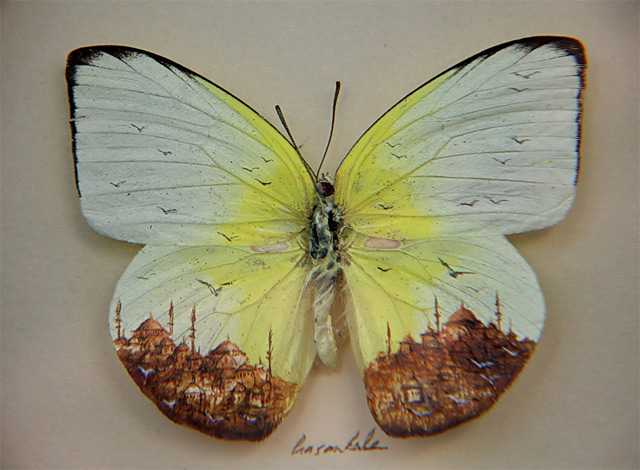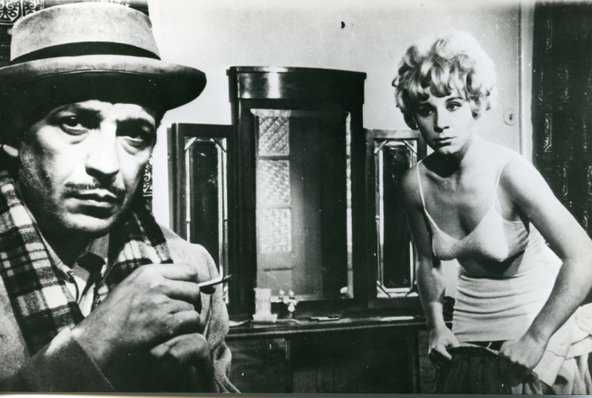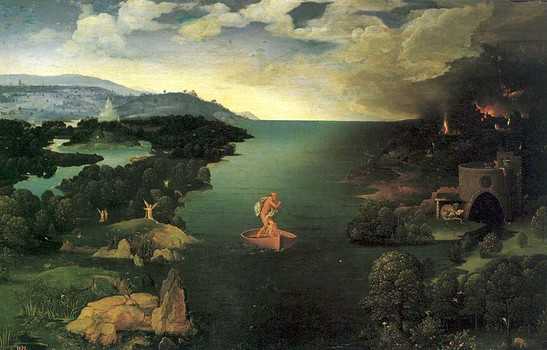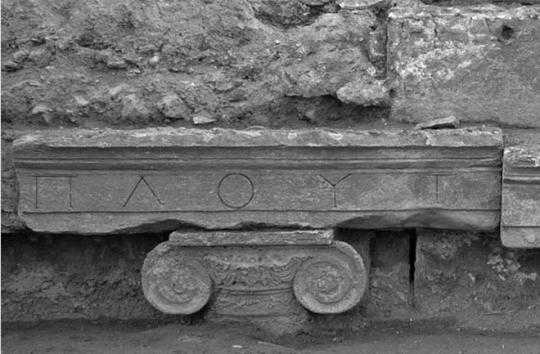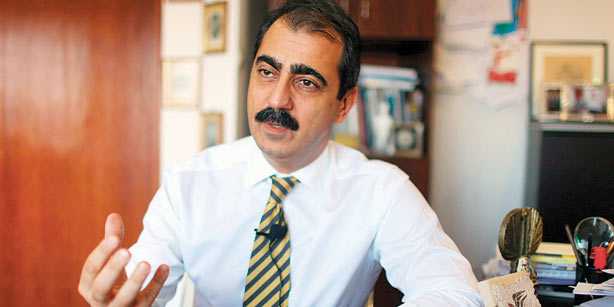
The Uzunoğlu family, originally from Cappadocia, then started living in Greece. He is now making trips back to Turkey in hopes of finding homes for his fellow Greeks in the country that they had to leave in the past under bitter circumstances.
“If you’d asked me five years ago about this possibility, I’d say no. But it seems more likely now,” said Uzunoğlu, a university professor in Athens.
Now 62, he has been heading an organization, the Ecumenical Federation of Constantinopolitans, which is an umbrella body for 26 local associations of Greeks who were forced to leave their homes in İstanbul.
“If the authorities are not just making gestures and if there are incentives to come back, there are Greeks who would like to move to Turkey,” he added in reference to Turkish officials’ calls on minorities who left Turkey in the past due to mistreatment to return to the country.
At the beginning of March, Deputy Prime Minister Bülent Arınç, in remarks made at a conference organized by the Institute of International and Intercultural Dialogue in the German Bundestag, recalled his government’s record of improving the lives of minorities in Turkey by expanding their rights. He also called on minorities to come back to the country.
Then recently, Culture and Tourism Minister Ömer Çelik made statements in Moscow during an official visit where he also called on Christians and Jews who had to leave Turkey to return. “We tell them all, come back to your country,” he said.
In contact with various ministries in Ankara, Uzunoğlu’s organization presented in September of last year a number of suggestions to Turkish officials to ease such returns. Those suggestions include granting quick Turkish citizenship to people who would like to come back, giving them orientation classes in order to help them open up small businesses and learn Turkish, providing them with easy credit and even opening research centers in Greek schools in Turkey with the contribution of well-known Greek professors.
“We hope that we are moving toward a solution,” Uzunoğlu said. “The number of people who would like to return from Greece to Turkey will probably be quite small in the beginning but the important thing is that there should be an environment of peace; no more threats in Turkey. Then more people might be willing to come later.”
Laki Vingas, the elected representative of non-Muslim foundations at the Council of the General Assembly of the Directorate General for Foundations (VGM), said the calls by Turkish officials are not coincidental but they are not enough.
“Those calls are important and they are coming from important ministers. However, just mere calls are not enough,” he said, pointing out that there are still problems concerning non-Muslim minorities currently living in Turkey and most of this is due to the slow pace of bureaucracy.
“The Syriac community has problems; their villages are now Kurdish villages. The Armenians have problems. The Greeks still have unsolved inheritance problems, problems related to their schools. The past injustices inflicted on minorities in Turkey are not only restricted to ethnic Greeks,” Vingas said.
There is also the problem related to the Halki Seminary, which has been kept closed by the government since 1971. Without it, there are insufficient members of the clergy to hold religious masses.
But Vingas said that even if Halki is reopened, there are still other issues. He also pointed out the sociological factors. “Communities should not feel like they are being pitted against each other. The injustices inflicted on minorities should be carefully explained to the people of the country,” he said.
Large numbers of non-Muslims left their homelands in Anatolia starting from the upheaval of World War I and the ensuing Turkish War of Independence. In 1915 hundreds of thousands of Armenians were killed in the Ottoman Empire. The 1923 Treaty of Lausanne gave Turkish minorities special education and property rights but various laws later passed discriminated against them.
Then there were the unfortunate events of Sept. 6-7, 1955, which started after a newspaper headline said that the home of the nation’s founder, Mustafa Kemal Atatürk, in Greece had been bombed by Greek militants. Fired up by the media, mobs killed and harassed non-Muslims and non-Turkish minorities in a massive campaign.
Under a high court ruling in 1974, non-Muslim foundations lost thousands of properties. The laws on foundations have been altered several times, with new amendments following each other. In a more recent move, the government issued a decree to return properties confiscated from religious minorities since 1936, and in cases where the property belonging to such organizations had been sold by the state to third parties, the religious foundation would be paid the market value of the property by the Ministry of Finance. The process of return is ongoing.
Non-Muslims now make up just a fraction of Turkey’s population of 75 million people. The number of Turkish citizens of Jewish and Syriac origin has been estimated to be around 20,000 each, while this number is around 2,500 for Turkish citizens of Greek origin. The Turkish-Armenian community is the largest of the minority groups in Turkey with a population of approximately 60,000, mostly in İstanbul.
Hayko Bağdat, a civil society activist and a Turkish citizen from an ethnic Armenian background, said the officials deserve praise for their calls to minorities.
“Those calls are very valuable. Now they need to be supported by action. For example, the Armenians of Syria can be given Turkish citizenship; after all, they are our own diaspora,” Bağdat said.
Bağdat also mentioned the climate of unease among the Armenian community, giving the example of the murder of Sevag Balıkçı, a young man of Armenian descent who was killed while serving in the Turkish Armed Forces (TSK) as a conscripted private. His death was initially believed to be an accident but was likely the result of a hate crime. Balıkçı was shot dead on April 24, 2011 — the date the Armenian diaspora has chosen to commemorate the incidents of 1915.
Complaining about growing anti-Semitism in Turkey, particularly in the media, İvo Molinas, the editor-in-chief of the Şalom newspaper, a daily published by Turkey’s Jewish community, suggested a need to erase fears of discrimination.
“Jewish people of Turkey who live in Israel still speak Turkish and watch Turkish television. They still remember the smell of the Bosporus. We needed all these calls of return; this is very positive. If anti-Semitism simmers down, then returns can become a possibility,” he said.
Non-Muslims are also weary of conflicting practices, one such example being the Mor Gabriel Monastery. Last year, the Supreme Court of Appeals threw out a petition by the monastery to re-examine a decision handed down by one of its chambers, which had ruled that the monastery was occupying state land even though it has been paying taxes on that land for decades. The ruling had come following a conflict that began in 2008 between the monastery and its surrounding villages. Many international organizations, including the EU, have expressed concern over the situation.
“On one hand, there are calls of return, but on the other, the procedures tell us the opposite. Mor Gabriel is just the tip of the iceberg for the Syriac community. We have no recognition, no recognized legal rights,” said Tuma Çelik, editor-in-chief of Sabro, the first newspaper representing the Syriac community in Turkey.
In regards to recent news reports that the government is currently trying to find a solution for the Mor Gabriel Monastery, which was seized from Mardin’s Syriac community in 2005, Çelik said they are unaware of such an effort, which might be about plans to temporarily return the monastery and its land on a lease plan.
“If there is such a plan, how can it be possible that the government is planning to lease our own property to us?” he asked.
In the last 10 years, about 60 Syriac families returned to live in Turkey, Çelik said, and he is among them.
“It was not easy for us to leave our established lives. We came back to our own country where we have many problems. We are not regretful at all. We knew that we would face some problems, but not this many,” he said, adding that there are approximately 300,000 Syriacs of Turkish origin currently living in Europe.
According to sociologist Ayhan Aktar, who specializes on minority issues, Turkish officials’ calls to return are “sympathetic but empty.”
“What needs to be done is to pass a law and grant Turkish citizenship to non-Muslim minorities who had to leave Turkey for any reason. They should be granted dual citizenship to start with. And economic incentives should follow. The government is preoccupied with the process of making peace with Kurds at the moment. Maybe the government will have time for this issue as well.”

